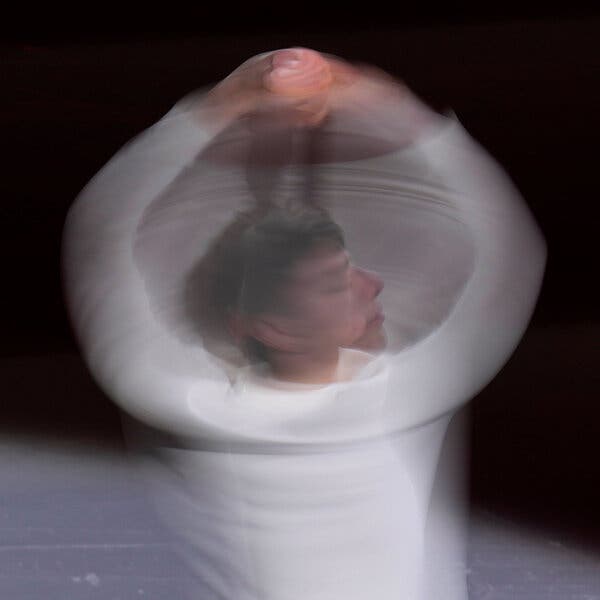Ice Skating and the Brain
How do champion skaters accomplish their extraordinary jumps and spins? Brain science is uncovering clues.
March 27, 2024
The recent World Figure Skating Championships produced exciting results, including a 19-year-old American landing a quadruple axel and a 40-year-old pairs skater who became the oldest woman to win a world figure skating championship. As a neuroscience reporter, I’ve wondered how the brain works when skaters jump, spin and move on the ice at whirlwind speeds. Here’s what scientists have found:
When most of us step onto an ice rink, the slipping sensation kick-starts a chain of brain signals telling the body to tilt forward to avoid falling. But repeated practice mutes that reflex for skaters like Ilia Malinin, the American who was the first person to land a quadruple axel in competition and whose 2024 World Championship free skate score was the highest ever. In such top skaters, the brain accepts the slipping feeling and rewires connections in the cerebellum, an area linked to balance.
Brain scans of speed skaters have provided more hints about the cerebellum. Studies have found that parts of the cerebellum are larger in short-track speed skaters than in non-skaters, especially the right side. That’s probably because the right side is activated when a speed skater balances on the right foot to turn left around curves in the track.
Another brain network helps skaters perform intricate routines. The basal ganglia receives signals from the motor cortex as skaters leap and twirl in the air. When skaters practice programs repeatedly, this network organizes movements into chunks and sequences, fostering quicker recall and muscle memory. In competitions, this helps skaters continue their performances even after stumbles or falls.
}
/* TOP AD CODE BELOW */
#top-wrapper, sponsor-wrapper {
display: none;
}
